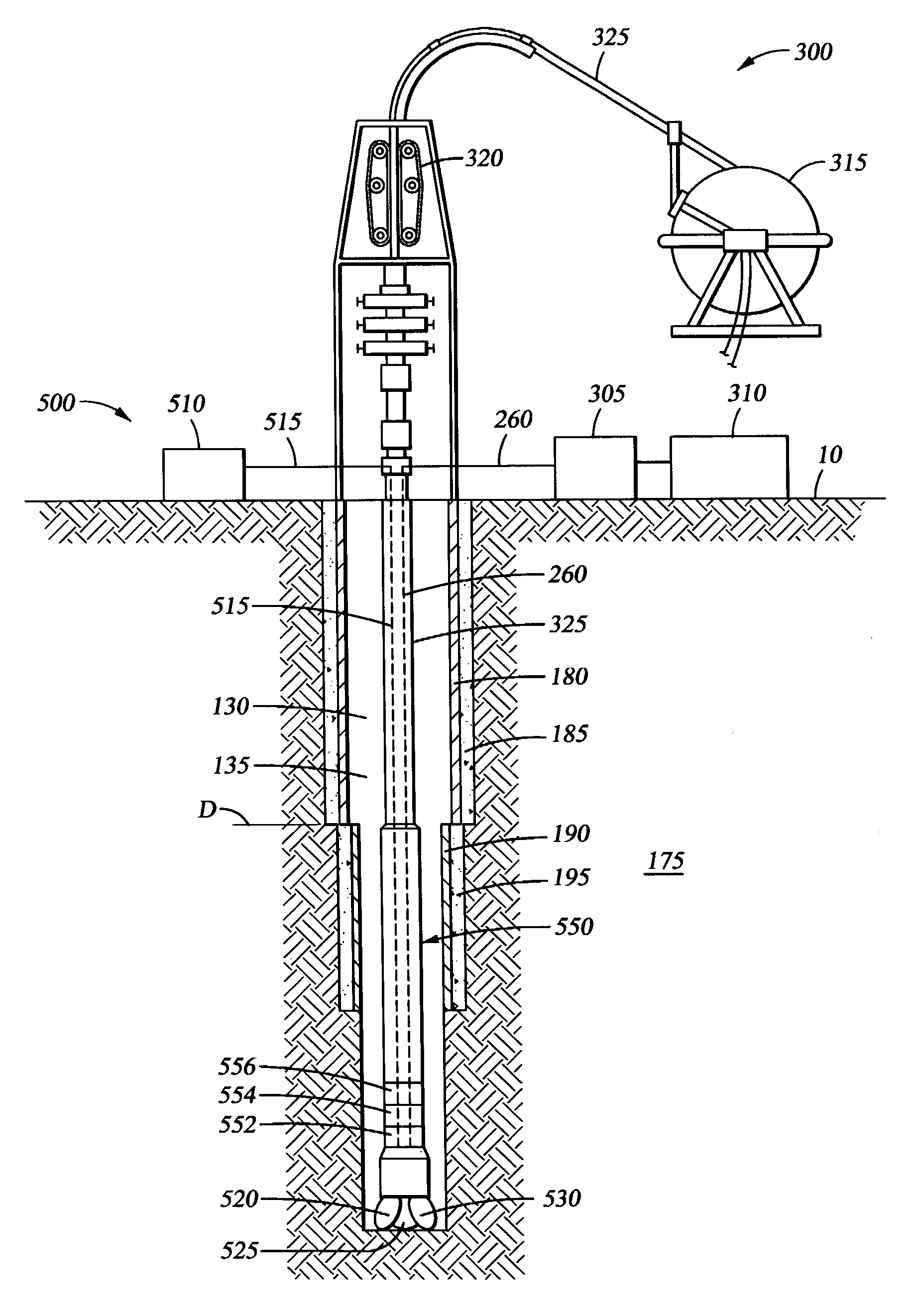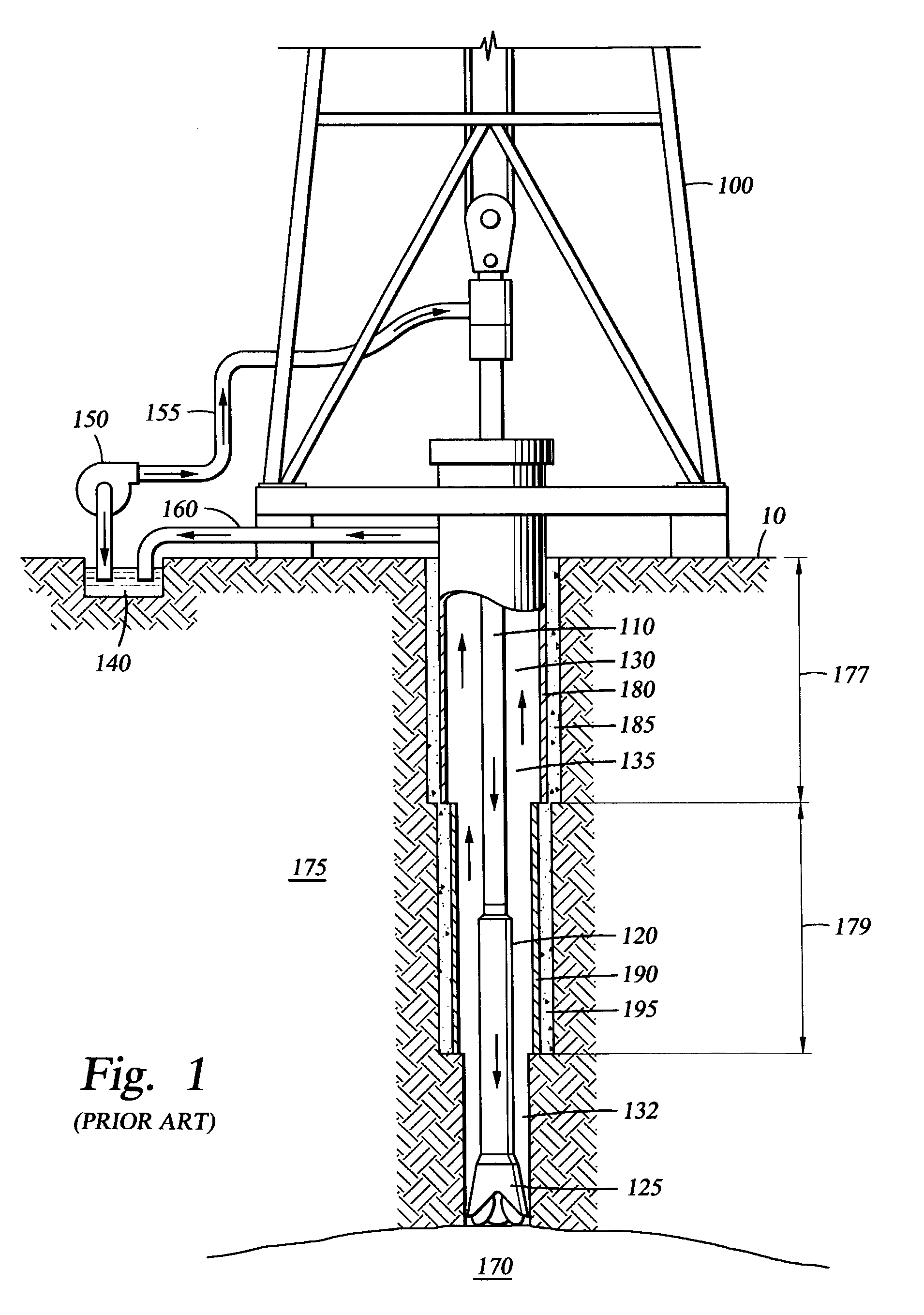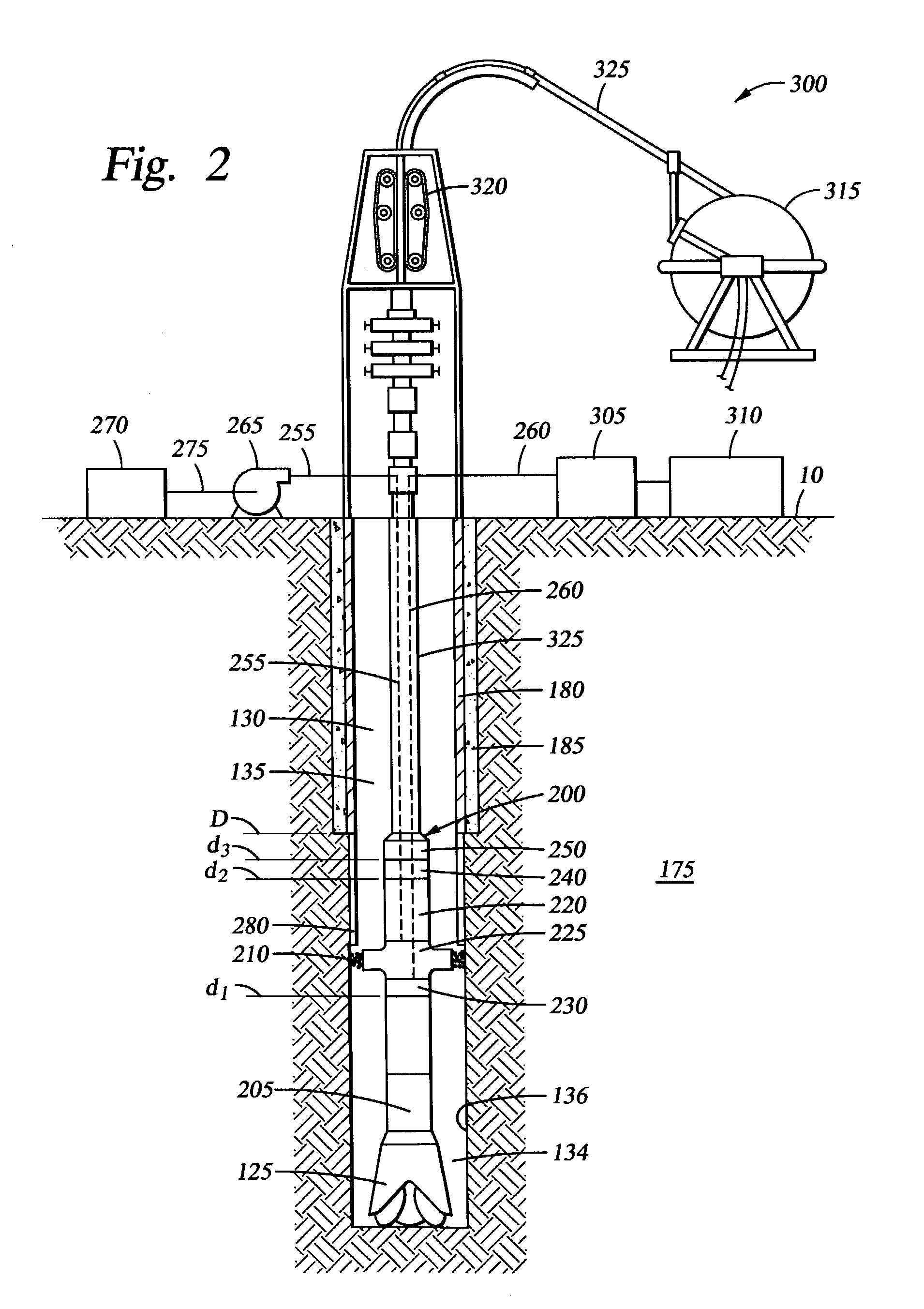Determination of thermal properties of a formation
a technology of thermal properties and formations, applied in the field of downhole formation evaluation, can solve the problems of inaccurate laboratory analysis, inability to provide complete data for all zones, and inability to accurately measure the specific sample accurately
- Summary
- Abstract
- Description
- Claims
- Application Information
AI Technical Summary
Benefits of technology
Problems solved by technology
Method used
Image
Examples
Embodiment Construction
[0029]Laser technology has flourished in recent years, largely through the expansion of atomic physics, the invention of fiber optics, and advances in military defense capabilities. Through these efforts, tremendous advances have occurred, for example, in laser power generation, efficiency and transmission capabilities. Improvements in lasers and other thermal technologies have made it possible to perform wellbore operations, such as wellbore stabilization, drilling, and perforating, utilizing new techniques. Because thermal technologies offer significant advantages over conventional methods, they are gaining rapid acceptance in the petroleum industry.
[0030]Lasers and other thermal technologies provide a heat source downhole to perform a primary function, such as wellbore stabilization, drilling, or perforating through casing. The heat source may also be utilized for the secondary but important purpose of determining thermal properties of the formation. Accordingly, measurements can...
PUM
 Login to View More
Login to View More Abstract
Description
Claims
Application Information
 Login to View More
Login to View More - R&D
- Intellectual Property
- Life Sciences
- Materials
- Tech Scout
- Unparalleled Data Quality
- Higher Quality Content
- 60% Fewer Hallucinations
Browse by: Latest US Patents, China's latest patents, Technical Efficacy Thesaurus, Application Domain, Technology Topic, Popular Technical Reports.
© 2025 PatSnap. All rights reserved.Legal|Privacy policy|Modern Slavery Act Transparency Statement|Sitemap|About US| Contact US: help@patsnap.com



